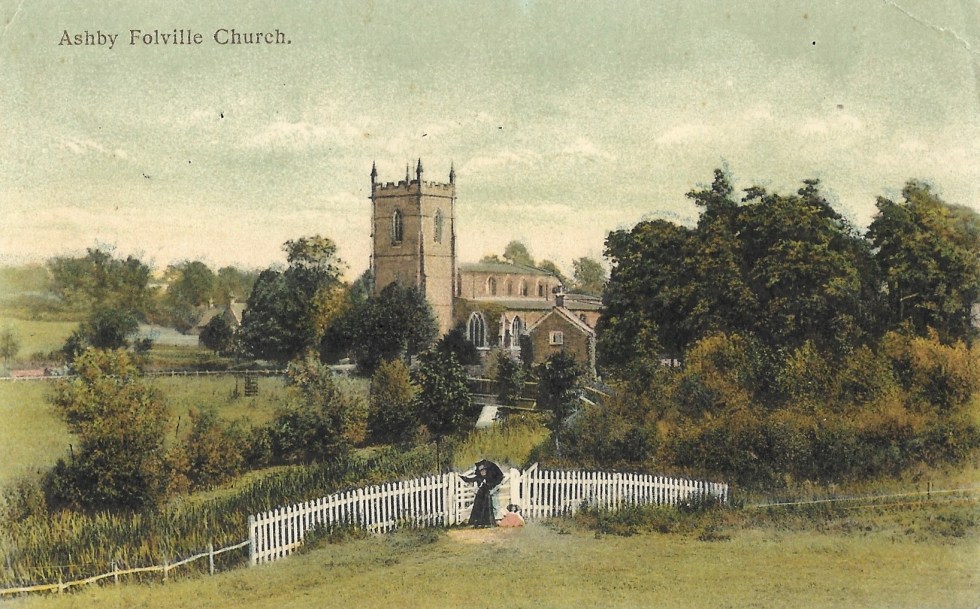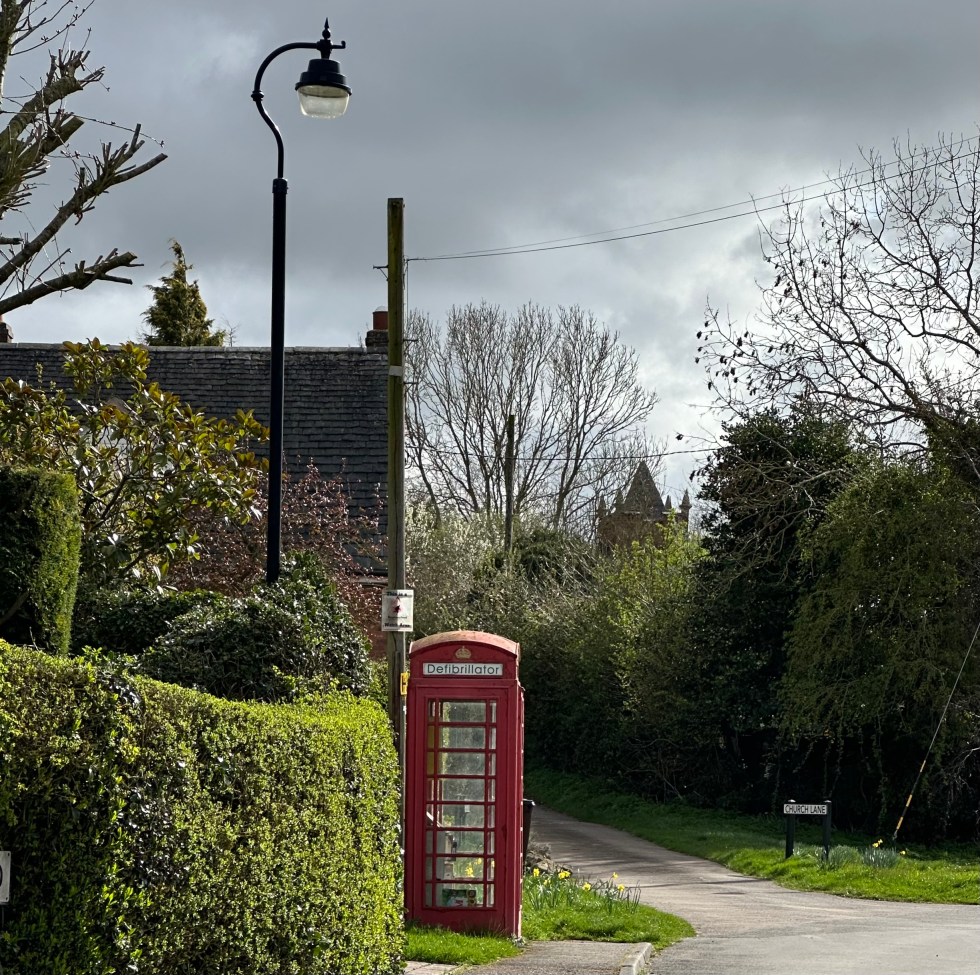In the little village of Barsby stands a most unexpected delight – a house with a rather fancy pinnacled gothic tower attached. It started life in the late 19th century as a village meeting place – a philanthropic endeavour by the local vicar.
The vicar of nearby Ashby Folville, Reverend John Godson (1834-1912), also had the care of Barsby. He held the living from 1869, and the 1871 census records him living at the vicarage in the village. With him was his wife Martha Ann (née Bolton) but sadly she died soon after giving birth to a daughter, Mary, in 1876. Mary grew up with her father in the Ashby Folville vicarage where they had the services of a groom, a housekeeper and a cook.

The village of Barsby had no church, and villagers had to travel to Ashby Folville for services. The story goes that Godson intended the tower as a mortuary chapel, and the land around it was to be a burial ground: the graveyard at the ancient St Mary’s in Ashby Folville was running out of space. Apparently Godson’s superiors in the diocese refused permission and the plan was abandoned, although no documents can be found to corroborate these events.
The name of the architect is not recorded, although we do known that Godson had an interest in the subject as a member of the Leicestershire Architectural and Archaeological Society, and he was photographed with the architects F.W. Ordish (1821-1885) and J.C. Traylen (1845-1907). They were responsible for a major restoration of Ashby Folville church in 1874, but Ordish at least can be ruled out as the designer of the Barsby tower as he died before it was built.

What is known is that Godson had long ‘greatly desired’ that there should be a space in Barsby itself where religious meetings, Sunday schools and evening classes could be offered to the villagers. In 1887 he commissioned local joiners and masons to erect such an edifice, but not content with a simple room he created a building of ‘such size and character as to form a pleasing and very prominent feature in the village’. A local newspaper concluded that the appearance of Barsby was ‘wonderfully improved by it’, and as this old postcard shows, albeit faintly, the tower was an prominent eye-catcher seen down the village’s Main Street.

The first event was held in the ‘Church Mission Room’ in January 1888, when villagers and visitors had a tea party followed by a sermon given by a missioner from Leeds. The Barsby Wesleyans had completed work on a room adjoining their chapel in the village only a few weeks earlier: cynics might conclude that the vicar’s reluctance to lose his flock to the Wesleyans may have influenced his benevolence in building the meeting room.
Alongside the programme of visiting preachers, Godson allowed local groups and families to use the hall. Birthdays were celebrated there, the Ashby Folville Church Choir held a ‘social’ in 1907, and later that same year a Miss Dalton gave a talk on her time as a ‘lady missionary’ in the Yukon, ‘wherein the famous gold-mines of Klondyke are situated’. After the First World War a group of village men who had served together met regularly at Godson’s Folly to share their memories.

Godson resigned the vicariate of Ashby Folville in 1910 after 40 years in the parish, and died on 27 May 1912. It’s not clear who took ownership of the Mission Room after his death, but sometime around the mid 1930s it was adapted as a private house, with an upper storey being added to the meeting room. In 1954 ‘Tower House’ was home to Mr and Mrs Adams: Arthur Adams remembered the tower being built, and his wife recalled attending Sunday School in the adjoining room.
Nothing seems to survive to explain why Godson wanted an elaborate tower attached to his meeting room. Did he wish it to appear that Barsby had a church? Was it an observatory, or did it have some other practical purpose? All we know is that Mr and Mrs Adams had a son who used the upper room to build wireless sets – presumably there was a good signal up there.

Godson’s Folly remains a private home, but is now tucked away in trees with only the pinnacled roof visible amidst the street furniture of modern life. The keen-eyed might spot that the street-sign reads ‘Church Lane’: it is not clear if the road took its name from Godson’s sham church tower and Mission Hall, or from a long-lost place of worship. The tower can be seen from this road.
Thank you for reading. As ever, please get in touch if you have any thoughts or information – scroll down to find the comments box (your contact details remain private, only your name will appear).






Moira Garland says:
Intriguing history! And once again, so interesting to read. Thank you.
Editor says:
Thank you Moira. This was a fascinating folly to research and visit. I was particularly pleased to find the early photograph – it contains so much interesting detail – look carefully at the cloth/tapestry behind the trio in their garden setting. The location and meaning is a mystery I doubt I will ever solve.